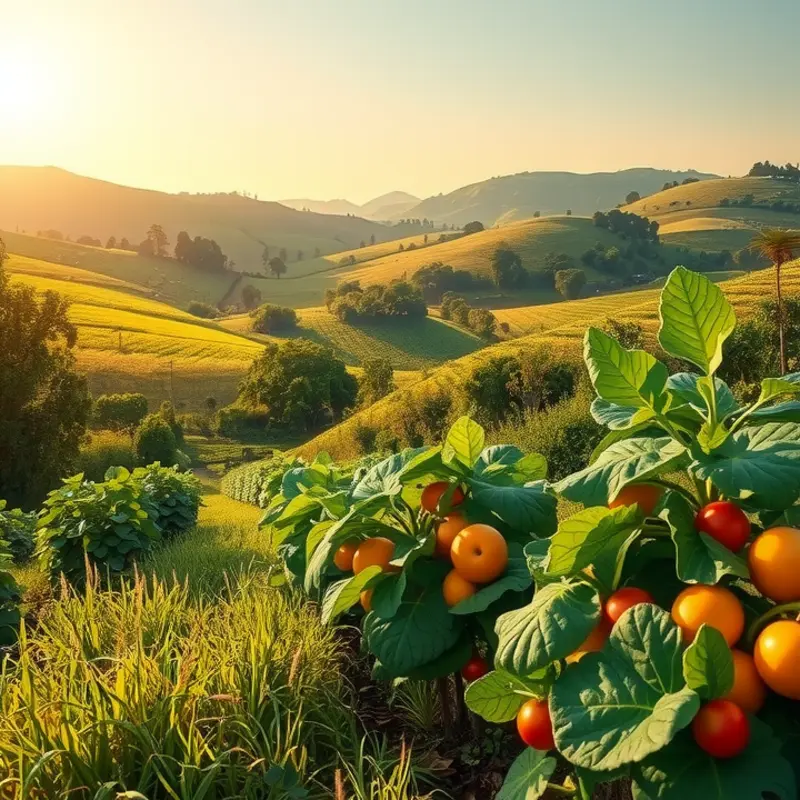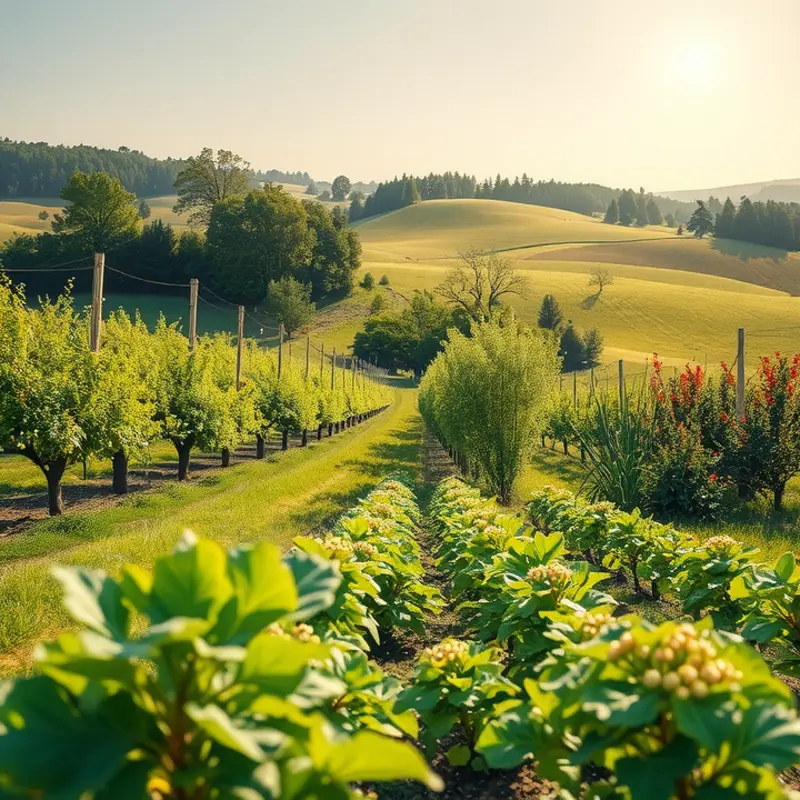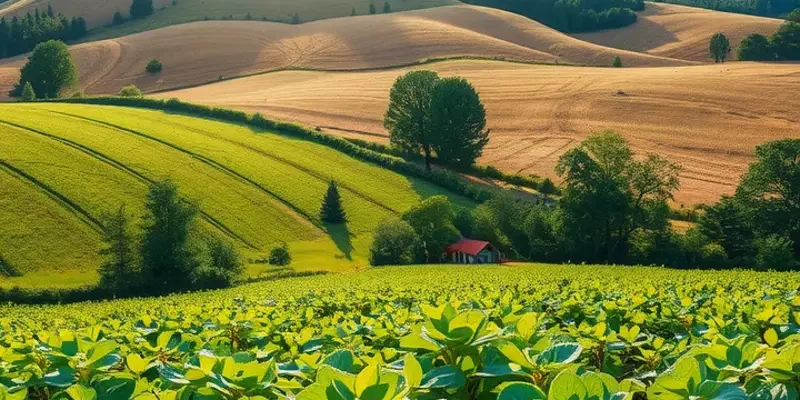Chilean cuisine is a vibrant tapestry woven from the threads of indigenous traditions, colonial influences, and modern culinary innovations. This diverse culinary landscape showcases an array of flavors featuring fresh ingredients sourced from both land and sea. As food enthusiasts and culturally curious readers explore this delicious world, they’ll discover traditional dishes that tell stories of Chile’s rich history, breathtaking landscapes, and a profound connection to its people and environment.
Rooted in Tradition: The Essentials of Chilean Cuisine

Chilean cuisine tells the tale of a land that bridges centuries-old traditions and diverse cultures. The staple ingredients—corn, potatoes, and seafood—are an ode to the bountiful geography that stretches from deserts to the chills of Antarctica. Central to this culinary narrative is corn, a revered element that predates Chilean colonial history. Indigenous peoples cultivated corn extensively, laying the groundwork for its ubiquitous presence in dishes like humitas and pastel de choclo. These traditional dishes, filled with textured corn and aromatic spices, offer a quintessential taste of Chile.
Potatoes, another cornerstone ingredient, reflect the Andean heritage deeply woven into Chilean cuisine. Hundreds of potato varieties thrive in the Chilean climate, each adding unique flavors and textures. From simply boiled potatoes to enriched potato stews like cazuela, potatoes provide nutrition and comfort, mirroring the agricultural abundance celebrated in local communities.
Seafood holds an equally cherished place, thanks to Chile’s extensive coastline. The rich marine biodiversity offers an extraordinary palette from which countless dishes are crafted. From fresh ceviche, bright with citrus and spice, to congrio frito or fried conger eel, the seafood legacy showcases mastery over elemental and sustainable cooking methods. For those interested in efficient preparation, exploring speedy seafood prep techniques might deepen appreciation of these aquatic treasures.
The practice of asado, a communal grilling tradition, exemplifies the social fabric woven through Chilean food culture. Asado is more than a meal; it is a gathering marked by camaraderie and the art of grilling meats. From choripán—a chorizo sandwich—to various cuts of beef, lamb, or pork, each asado celebrates shared heritage and flavors.
Cultural significance extends beyond individual dishes to the philosophy of meals as communal experiences. Gathering for shared meals emphasizes connection, fostering bonds that transcend generations. This tradition reflects in celebrations and daily life, making food a marker of familial and community identity.
Chile’s culinary heritage wouldn’t be complete without recognizing the European influences—Spanish, German, Italian—that have interplayed with Indigenous roots. The melding of European techniques with native ingredients has birthed new flavors, enriching dishes like empanadas with diverse fillings and German-inspired pastries important in Chilean tea-time rituals.
Throughout Chile, cuisine remains a canvas that reflects a deep respect for local harvests and ancestral knowledge. By maintaining this connection with the land and its people, Chilean cuisine thrives as a vibrant cultural expression. This intricate blend of tradition and innovation ensures Chile’s savory journey continues to evolve, celebrating both its historic legacy and modern taste.
Festive Flavors: Celebrations and Culinary Heritage

Chilean festivals are a vibrant tapestry of tradition, music, and especially, food. During Fiestas Patrias, the celebration of Chilean independence, food serves as a medium connecting people to their roots. Streets come alive with the aroma of empanadas, which are often considered the national dish of Chile. These savory pastries, stuffed with finely seasoned beef, onions, olives, and hard-boiled eggs, are a culinary staple during these festivities.
Empanadas are more than just a dish; they symbolize togetherness and shared heritage. Families gather not only to enjoy them but also to prepare them. Cooks deftly shape the dough, fill it with generous portions of seasoned meat, and fold it into half-moon shapes. Baking or frying these hand-crafted packages is often a family affair, involving all generations. This ritual fosters community spirit and continuity of tradition, connecting young and old through shared culinary heritage.
Another festive delight is pastel de choclo, a dish rooted in the country’s agrarian past. This corn pie combines ground beef, chicken, raisins, and olives, topped with a creamy corn mixture. The dish celebrates the corn harvest season and highlights the significance of maize in Chilean cuisine. Families gather to enjoy pastel de choclo during local harvest festivals, where the focus is on the bounty of the land. The preparation of such dishes showcases the deep relationship between Chilean culture and its agricultural roots.
Humitas add another layer to Chile’s festive cuisines. These corn-based treats resemble tamales and are wrapped in corn husks. Traditionally, they are prepared by grating fresh corn and mixing it with basil, creating a sweet and savory blend. Preparation is often a communal activity, especially in rural areas, emphasizing the importance of community in Chilean culinary traditions.
These celebrations foster intergenerational connections. Grandparents share stories of past celebrations while teaching grandchildren the art of cooking these traditional dishes. This transmission of knowledge ensures that culinary practices remain integral to Chile’s identity. Ingredients for these festive dishes are often locally sourced, supporting sustainable practices and reinforcing the bond with the land. As a reference for eco-friendly practices in modern kitchens, you can explore ideas from this eco-smart kitchen storage guide.
Ultimately, Chilean festivals are an ode to the country’s rich culinary landscape. They highlight how food is not only a means of sustenance but also a conduit for cultural preservation and community solidarity. Through the joyful preparation and consumption of traditional dishes like empanadas, pastel de choclo, and humitas, Chileans celebrate more than just their holidays—they commemorate their shared history and identity.
Final words
Chilean cuisine emerges as a delightful journey through history, culture, and geography. Its combination of indigenous roots and European influences creates a delicious mosaic that continues to evolve. Through traditional practices of sharing meals and the celebration of local ingredients, Chilean culinary heritage offers a profound sense of identity and unity among its people. Every dish tells a story while inviting others to partake in the experience, showcasing the importance of food in fostering community. Exploring Chile’s diverse culinary traditions offers food enthusiasts a unique lens through which to appreciate not only the flavors but also the nuances of its rich culture.








